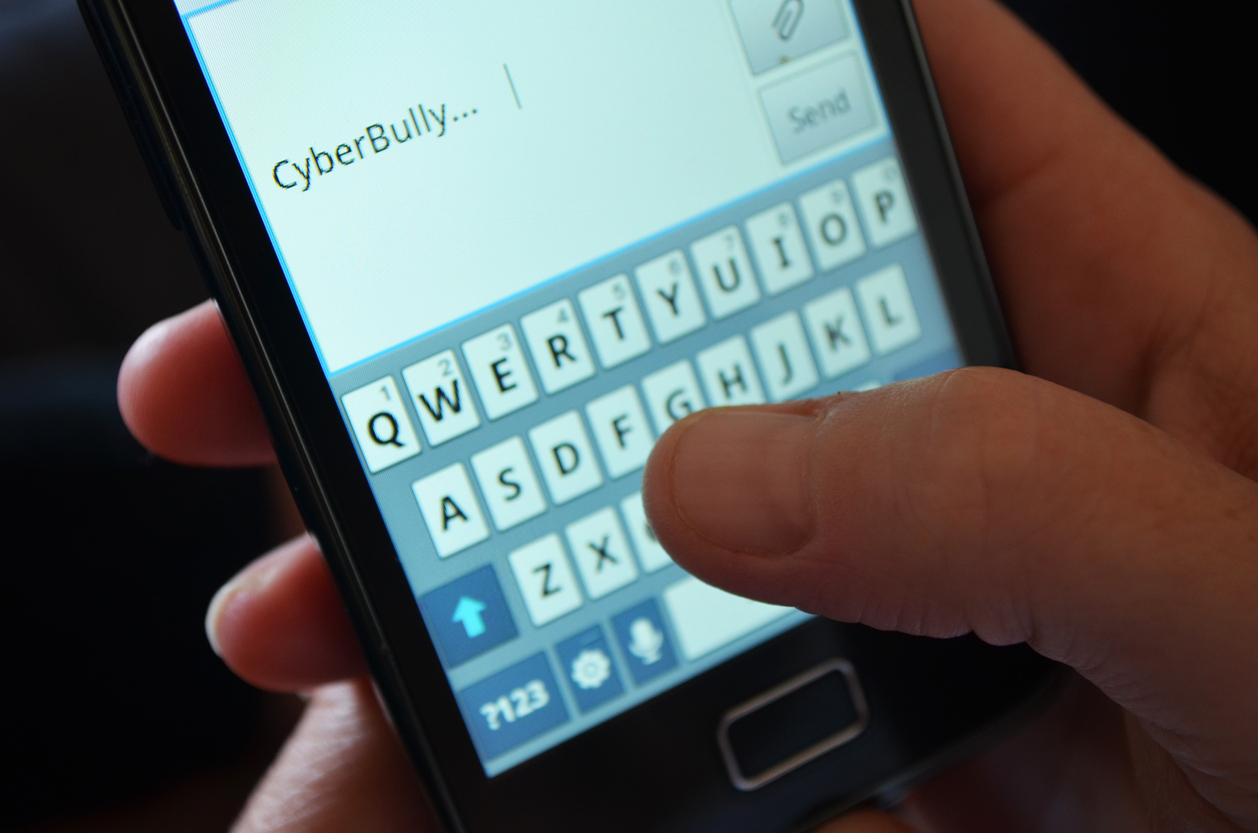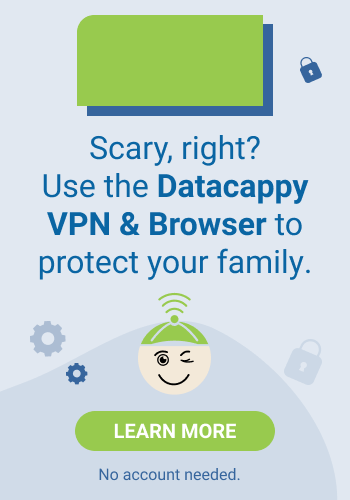
7 Life-Saving Ways to Protect Your Child from the Dangers of Cyberbullying
March 26th, 2019
Bullying is no longer a face-to-face occurrence. In 2017, more than 14.9 percent of high school students experienced some form of cyberbullying. And that number will only increase.
With smartphones and computers accessible at all times, it’s easy for children to fall victim to bullying both at school and at home.
And what’s worse is parents and teachers often don’t know it’s happening. Protecting your children is always a top priority, but you can’t keep them safe unless you know what to look for.
In this guide, we’ll cover the seven simple ways to protect your children from cyberbullying.
1. Talk It Over with Your Child
The first step in protecting your children from cyberbullying is to make sure they understand what it is. Explain to them that bullying can happen in person, online or over the phone.
Make sure they know that all types of bullying are serious. Explain that they should always ask for help if they feel that someone is treating them unfairly.
Do what you can to explain the difference between teasing and bullying. The more they recognize what constitutes bullying, the better prepared they’ll be to get help. And the better prepared they’ll be to help their peers.
The same holds true if you’re worried that your child might start cyberbullying someone. Talk it over with her and explain how her actions can hurt someone. The behavior often stops if she understands how her actions impact others.
2. Familiarize Yourself with the Types of Bullying
Cyberbullying takes on many different forms. It’s not as simple as a child getting shoved around on the playground. It’s often far more subtle. Here’s what to look for:
- Harassment: Sending threatening or mean-spirited emails, texts, and instant messages repeatedly.
- Flaming: Fighting with others through email, instant messenger, or chat conversations with no other reason than to alienate the other person.
- Outing: Sharing videos, pictures, and sensitive information about someone on a public platform like Facebook or an online chatroom.
- Masquerading: Creating a fake online persona to bully someone. This can make it hard to identify who is behind the bullying.
3. Reinforce the Importance of Getting Help
When your child is getting bullied, it’s tempting to encourage him to fight back. But doing so only perpetuates the cyberbullying cycle. Instead, encourage your child to ask for help as soon as it starts.
Once he makes that plea, print out the messages, comments, and pics and present them to school officials or, if you feel it’s warranted, the police. The more evidence you have, the easier it is for authorities to address the situation.
Remember, most bullies are mean because they want attention. When your child doesn’t engage them and instead gets help, they see that their behavior isn’t effective.
4. Keep Track of Their Internet Use and Activity
The Internet is full of places where cyberbullies can interact with your child. Stay on top of the sites your child visits and monitor her or his social media accounts for unwanted activity.
If you notice unusual activity or an increase in the use of questionable sites or chatrooms, talk to your child. Explain why these sites are risky and why they should be avoided.
5. Set Boundaries as Needed
The easiest way to disengage from cyberbullying is to get your kids offline. When they’re not online, they can’t read the malicious messages or respond to bullying in a negative way.
If you notice your children spending excessive amounts of time on their phone or on the computer, set boundaries. Limit their Internet access or install parental controls on the web browser that block sites you find inappropriate.
6. Pay Attention to Their Mood
It’s easy to dismiss mood changes and bouts of depression as hormonal responses; often, they’re just that. But they may also be the effects of bullying.
If your child is acting in a way that’s not normal for her, start a conversation. Find out what’s going on and see if anyone is bullying her in or outside of school.
If your child is getting bullied, discuss what’s going on and get help if necessary.
7. Be Calm When Discussing the Dangers of Cyberbullying
When you find out that your child is getting bullied, it’s tempting to react with anger. Though you’re not taking the anger and frustration out on your child, it can still cause him to shut down and become reluctant to turn to you for help.
Instead, try to be calm and ask for the details of what’s happening. The more information you gather, the better.
This gives you the tools you need to analyze the situation and help your children deal with the bullies once and for all. Tell them you’re glad they spoke with you about the activity and encourage them to do so again if the situation continues.
Final Thoughts
The dangers of cyberbullying are very real. But the more you communicate with your kids, the better you’ll be able to protect them.
You just need to be mindful of the sites they’re visiting and the way they use the Internet — and take the right precautions.







